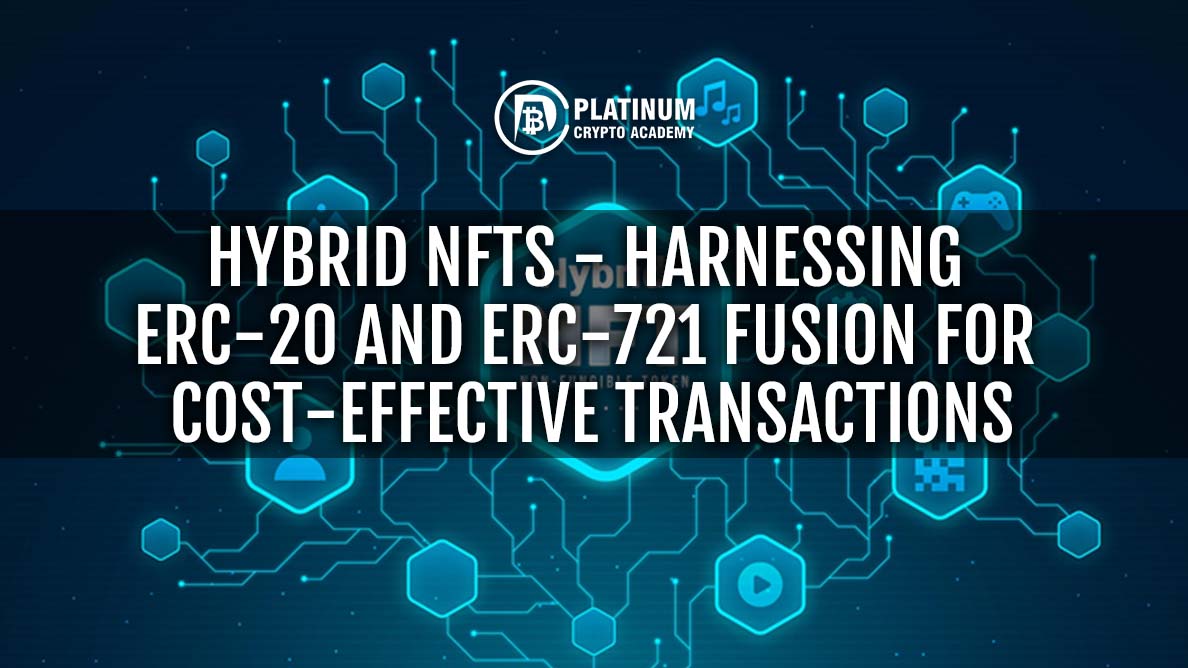While nonfungible tokens (NFTs) have garnered significant attention as a standout innovation in the era of Web3, the recent bear market has underscored their vulnerability to market downturns. Research indicates that NFT sales often hinge on factors like chance, scarcity, and optimism, suggesting the need for enhancements to bolster their resilience in varying market conditions.
In contrast to other blockchain-based assets, NFTs encounter unique challenges in addition to the broader issues confronting the Web3 ecosystem. Despite their widespread popularity and diverse applications—from art and gaming to digital identities—NFTs confront substantial obstacles that hinder user experience and adoption rates.
NFT Challenges: Addressing Liquidity Concerns
Liquidity emerges as a central challenge within the NFT market. Illustrated by the crypto winter phenomenon, cashing out NFTs proves notably more challenging compared to cryptocurrencies. This complexity arises from the unique attributes or functionalities inherent in each NFT, rendering it more difficult to locate buyers or sellers, particularly during market downturns.
Resultantly, prices experience heightened volatility, and the duration for which assets remain unsold prolongs. These liquidity challenges not only tie up existing users’ capital but also dissuade potential investors from participating due to apprehensions surrounding asset fluidity.
Fractional Ownership
While any crypto user can purchase a fraction of a Bitcoin, the same accessibility does not extend to Bored Ape Yacht Club NFTs, which typically command a floor price well above 10 Ether. The absence of fractionalization in NFTs erects a significant barrier for newcomers, particularly smaller investors, hindering their ability to enter the market.
Transaction Costs
The more intricate the features offered by NFTs, the more convoluted their transaction processes become. While emerging standards aim to mitigate inherent NFT issues, they still grapple with the exorbitant gas fees synonymous with Ethereum Virtual Machine-based networks.
Integration and Interoperability
The distinctive nature of NFTs presents challenges in integrating them into platforms, even within the Web3 ecosystem. Most platforms and protocols lack the infrastructure to handle NFT transactions and storage, depriving NFT holders of access to common decentralized finance (DeFi) functions such as lending, borrowing, and yield farming.
Limited Control over NFTs
Although new standards like ERC-404 seek to merge ERC-20 and ERC-721 characteristics, they fall short in granting users’ sufficient control over the fractionalized NFTs they possess. For instance, token holders with fractional ownership of multiple unique NFT artworks are unable to select which artwork they wish to sell on a decentralized exchange (DEX).
Hybridization of ERC-20 and ERC-721 Standards
A novel approach merging the strengths of two prevalent token standards, ERC-20 and ERC-721, holds promise in addressing key challenges encountered in the NFT space, notably those related to fractionalization and liquidity. While experimental initiatives have surfaced on this front, they grapple with navigating the escalating transaction costs inherent in Ethereum Virtual Machine (EVM)-based networks.
Introducing HybridX and the HX Token
Enter HybridX, presenting its gas-efficient hybrid token, HX, amalgamating the ERC-20 and ERC-721 standards. This innovative amalgamation seeks to leverage the robust qualities of both standards, delivering efficiency and adaptability in the trading and administration of digital assets within the broader Web3 ecosystem.
Fractionalized NFTs at Lower Costs
The HybridX token model facilitates the fractionalization of NFTs, bolstering market liquidity by enabling users to trade portions of NFT assets. This fractionalized approach has the potential to democratize digital asset investments, rendering them more accessible and enticing to a broader audience.
Pioneering Projects on HybridX
The inaugural project on HybridX, XDragon, has opted for the Internet Computer Protocol (ICP) as its underlying infrastructure, primarily leveraging its capabilities to enhance project functionalities. Utilizing ICP’s on-chain Verifiable Random Function (VRF), XDragon ensures the truly random generation of NFT artworks upon conversion from fungible tokens—an innovative departure from the sequential allocation common in most NFT collections. This on-chain VRF mechanism guarantees that each acquired NFT holds an element of surprise, enhancing user engagement with genuine uniqueness.
Furthermore, ICP enables the on-chain storage of all NFT metadata, eliminating reliance on off-chain components and fortifying the security and integrity of the data.
The hybrid token model seamlessly integrates with DeFi and NFT platforms to enhance composability, allowing NFT holders to leverage their assets through the HX token across various DeFi applications.
HybridX also provides flexible management of NFT collections, enabling users to selectively sell or burn assets without being encumbered by the first-in-first-out (FIFO) restrictions imposed by current standards. This empowers token holders to take a strategic approach to their portfolios.
Smooth Transition from Fungible Token to NFT
This innovative approach to NFTs has already demonstrated its flexibility and efficiency through various use cases, including the Web3-powered Dragon Eyes dice-rolling game.
In Dragon Eyes, the XDragon serves as a switchable NFT to memecoin. Users have the ability to transform their fungible EYES token, the game’s reward token, into an XDragon NFT. The game imposes a 1% fee, distributed back to NFT holders through pool fee distribution and gamification. The shapeshift fee is directly correlated to the token price, providing intrinsic value and utility for XDragon.
XDragon is set to be highlighted at the upcoming global ICPCC event on May 10, demonstrating how ICP technology can enhance decentralized applications across various blockchains.
Following the introduction of HybridX Tools as an intuitive interface for on-demand minting and burning of ERC-20 and ERC-721 tokens, the HX ecosystem is poised for expansion with several significant Web3 milestones. These expansions encompass exclusive NFT offerings for HybridX members, the CrossPollinate program designed to incentivize ecosystem projects, the launch of a NFT-powered launchpad, and the establishment of a decentralized exchange (DEX) catering to both fungible and nonfungible tokens.
As the blockchain-based internet continues to grow and evolve, HybridX envisions a fluid future for digital assets, where values are seamlessly discovered and exchanged, fostering innovation and accessibility within the evolving Web3 economy.



